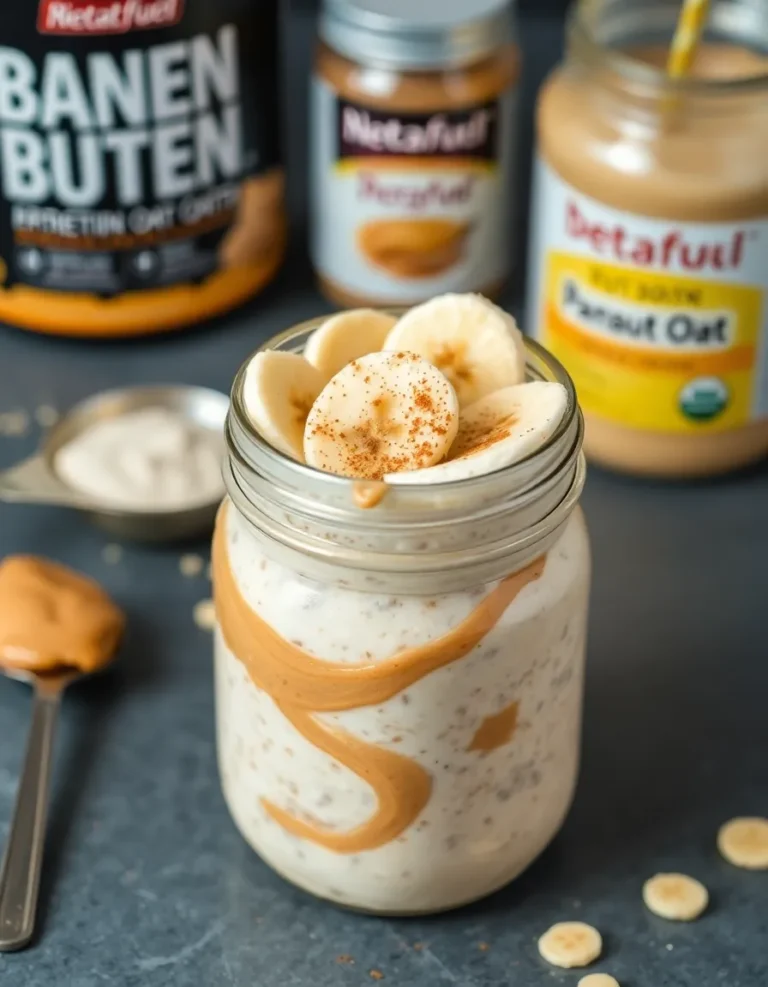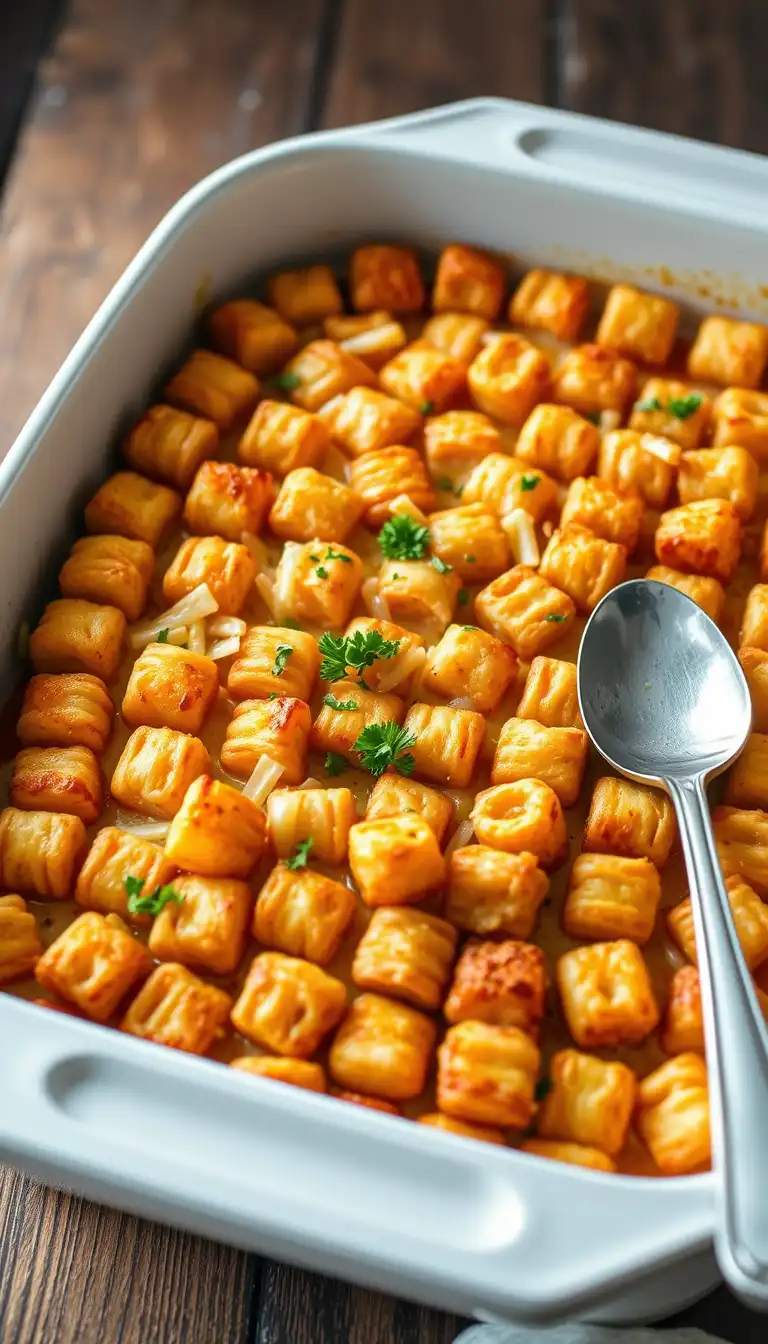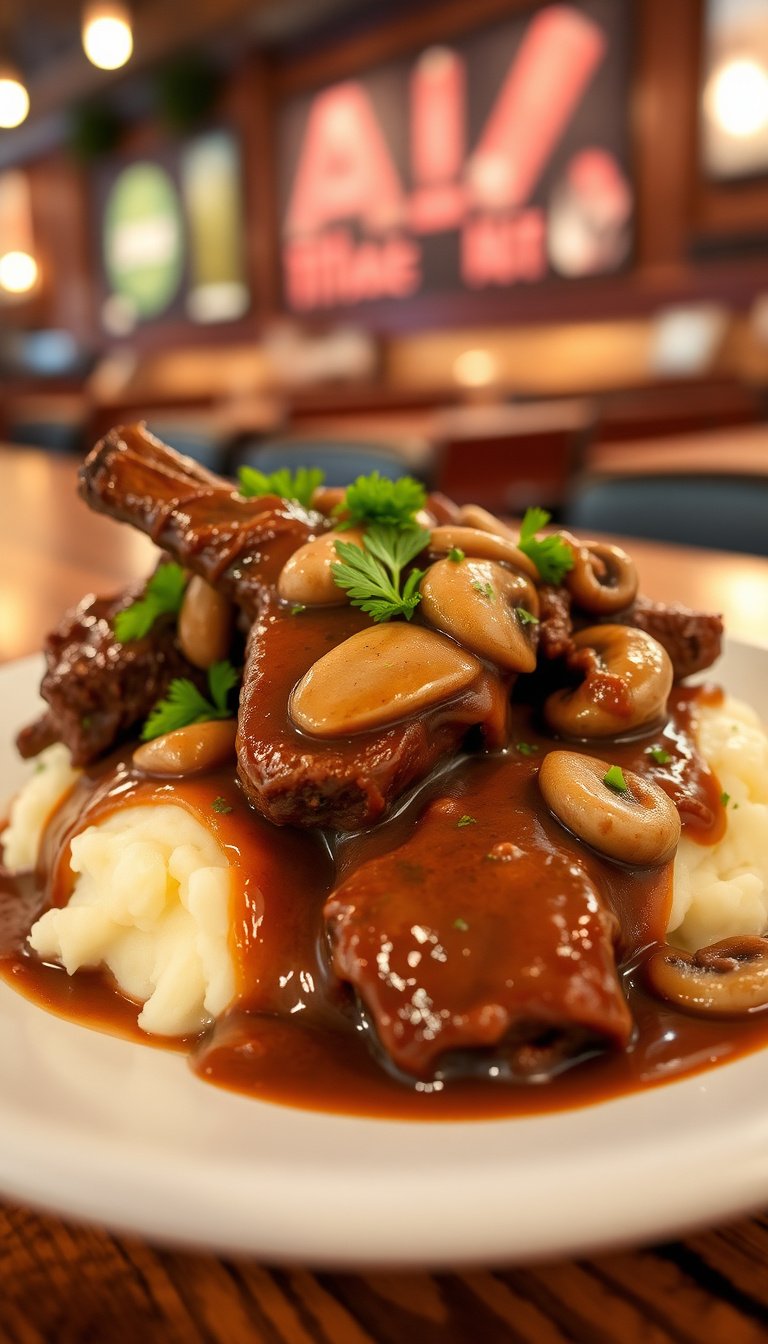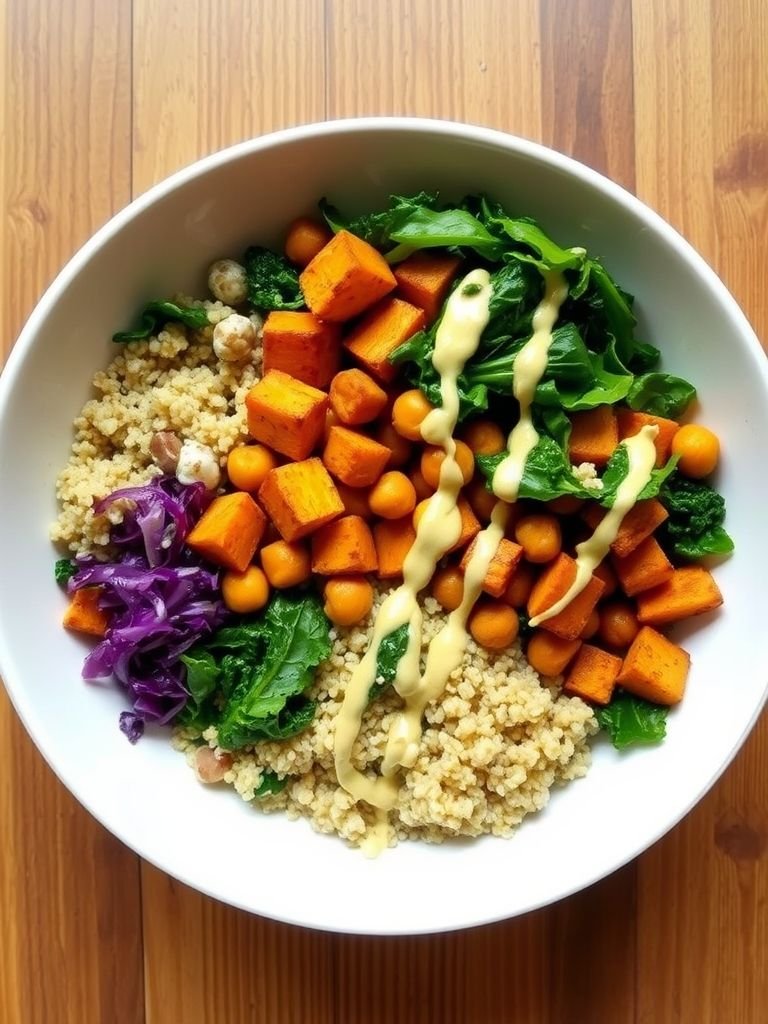If you’ve ever wondered how to make brown gravy from scratch, you’re in the right place. Brown gravy is one of those classic comfort foods that can instantly elevate a meal. Whether you’re serving it over mashed potatoes, roasted meats, meatloaf, or even poutine, homemade brown gravy is rich, flavorful, and far superior to store-bought packets.
In this guide, we’ll cover everything you need to know – from simple ingredients and step-by-step instructions to pro tips and variations – so you can make restaurant-quality brown gravy at home every time.

Why Make Brown Gravy from Scratch?
Sure, you can grab a packet of instant gravy mix from the store, but making it yourself has huge benefits:
- Better Flavor: Homemade gravy uses real drippings, broth, and seasoning, giving it a rich, deep taste.
- Control Over Ingredients: You can adjust salt, fat, and seasonings to suit your taste and dietary needs.
- No Artificial Additives: Clean, wholesome ingredients make this a healthier option.
- Versatility: You can use different broths (beef, chicken, or vegetable) to match any dish.
Once you try this, you may never go back to powdered gravy again!
Ingredients for the Best Brown Gravy
Here’s what you’ll need to make a flavorful brown gravy:
- Fat or Drippings: Beef drippings, chicken drippings, butter, or even a neutral oil.
- Flour: All-purpose flour is the most common thickener.
- Broth or Stock: Beef broth is classic, but chicken or vegetable broth works too.
- Seasonings: Salt, black pepper, garlic powder, onion powder, and Worcestershire sauce (optional for depth).
Step-by-Step Instructions – How to Make Brown Gravy

Follow these steps to make smooth, lump-free gravy every time:
1. Make a Roux
Start by melting 2–3 tablespoons of fat (butter or drippings) in a skillet or saucepan over medium heat. Whisk in 2–3 tablespoons of all-purpose flour and cook for about 2–3 minutes.
Pro Tip: Stir constantly to prevent burning. The roux should turn a golden brown color – this is what gives brown gravy its signature flavor and color.
2. Slowly Add Broth
Gradually whisk in 2 cups of warm broth or stock, a little at a time, to avoid lumps. Keep whisking until smooth.
3. Simmer and Thicken
Bring the mixture to a gentle simmer and let it cook for 3–5 minutes until thickened. Stir frequently to prevent sticking.
4. Season to Taste
Add salt, black pepper, and optional flavor boosters like Worcestershire sauce or soy sauce for an umami kick. Taste and adjust seasoning as needed.
Tips for Perfect Brown Gravy
Making brown gravy is simple, but these tips will help you nail it every time:
- Toast the Roux: A slightly darker roux brings out a nutty flavor and a richer color.
- Use Warm Broth: Cold liquid can cause lumps. Warm broth blends more easily.
- Whisk Continuously: The key to smooth gravy is constant whisking while adding liquid.
- Adjust Thickness: If it’s too thick, add a splash of broth. Too thin? Simmer longer until it reduces.
Common Mistakes to Avoid
- Burning the Roux: If your roux smells burnt, start over. Burnt roux will make your gravy bitter.
- Adding All Liquid at Once: This creates lumps. Always add broth gradually while whisking.
- Over-Salting: Since broth already contains salt, always taste before adding more.
Variations of Brown Gravy
You can customize your gravy to match any dish:
- Mushroom Brown Gravy: Sauté mushrooms before making the roux.
- Onion Gravy: Add caramelized onions for a sweet, savory twist.
- Gluten-Free Brown Gravy: Replace flour with cornstarch slurry (mix cornstarch with cold water before adding).
- Vegan Brown Gravy: Use vegan butter and vegetable broth for a plant-based option.
What to Serve with Brown Gravy
Brown gravy is versatile and pairs beautifully with many dishes. Try it with:
- Mashed Potatoes – The most classic pairing.
- Roast Beef or Pork – Spoon over slices of roast for a hearty dinner.
- Meatloaf – Adds moisture and flavor.
- Steamed Vegetables – Turns plain veggies into a flavorful side.
- Poutine – A Canadian favorite: fries topped with gravy and cheese curds.
How to Store and Reheat Brown Gravy
- Refrigerate: Store leftover gravy in an airtight container for up to 4 days.
- Freeze: Brown gravy freezes well for up to 3 months. Thaw overnight in the refrigerator.
- Reheat: Warm gently on the stove over low heat, whisking to restore smoothness. Add a splash of broth if it’s too thick.
FAQs About Making Brown Gravy
Q: Can I make brown gravy without drippings?
Yes! Just use butter or oil as your fat base and pair it with a good-quality broth.
Q: How do I make gravy without flour?
You can thicken with cornstarch instead. Dissolve 1 tablespoon cornstarch in 2 tablespoons cold water, then whisk into simmering broth until thickened.
Q: How do I fix lumpy gravy?
Strain the gravy through a fine mesh sieve or blend it with an immersion blender to smooth it out.
Final Thoughts on How to Make Brown Gravy
Learning how to make brown gravy from scratch is a skill every home cook should master. With just a few pantry staples and 10 minutes, you can create a rich, velvety gravy that takes any meal from simple to spectacular.
Whether you’re serving mashed potatoes, roast beef, or even a vegetarian dish, this homemade brown gravy recipe is sure to become a family favorite. Try it once, and you may never go back to store-bought gravy again!






